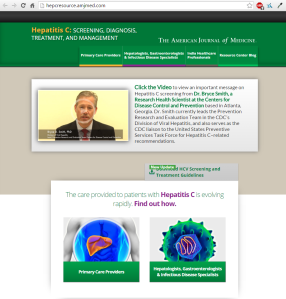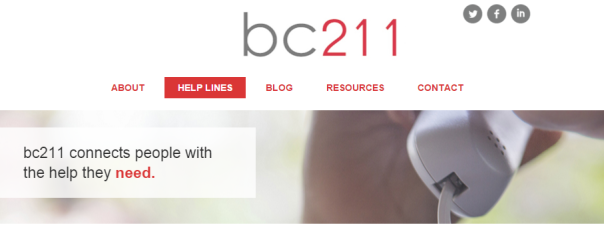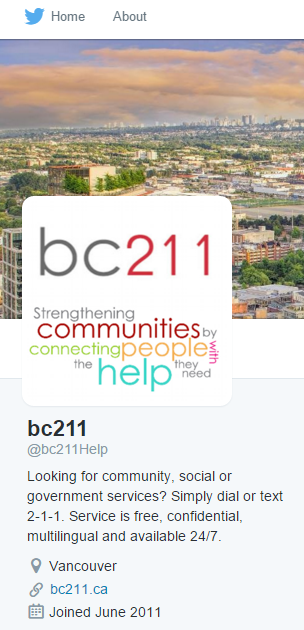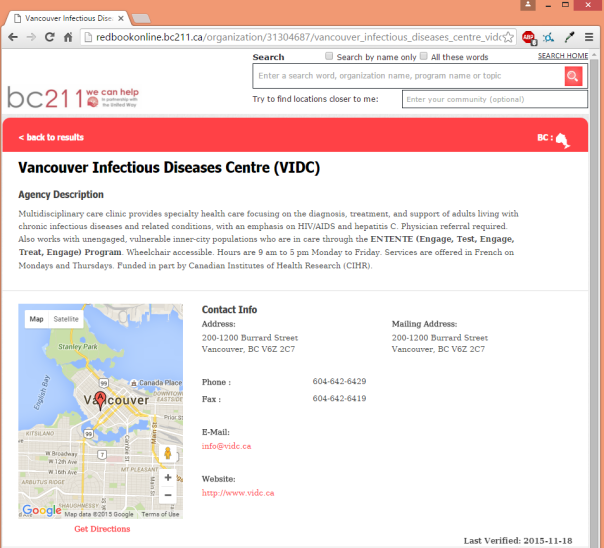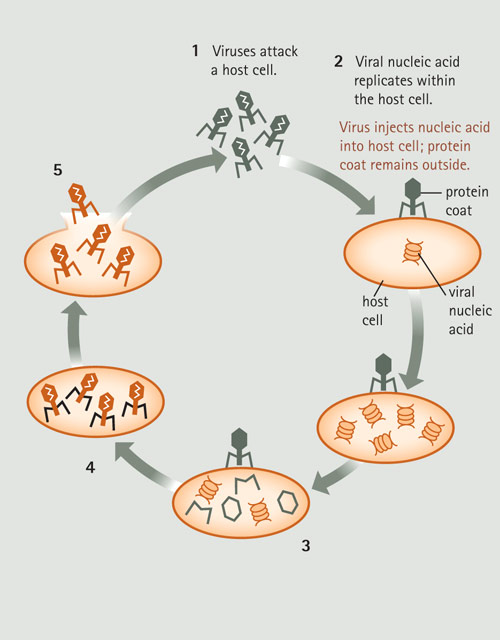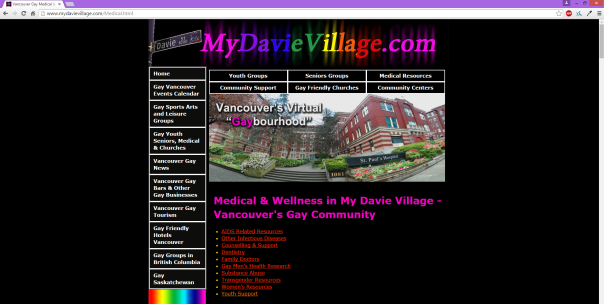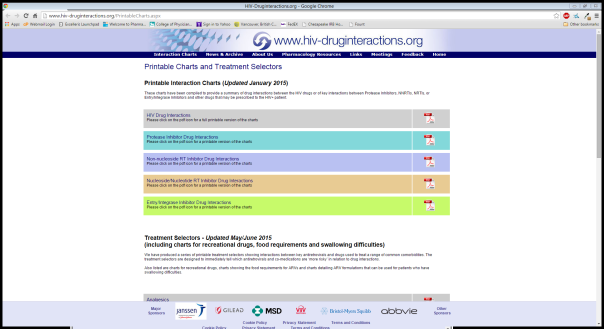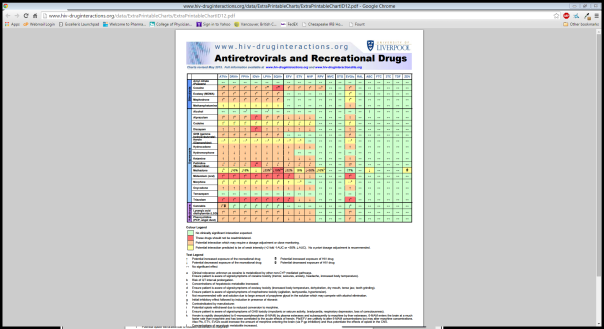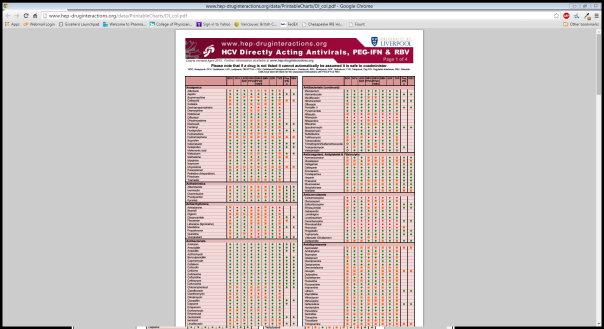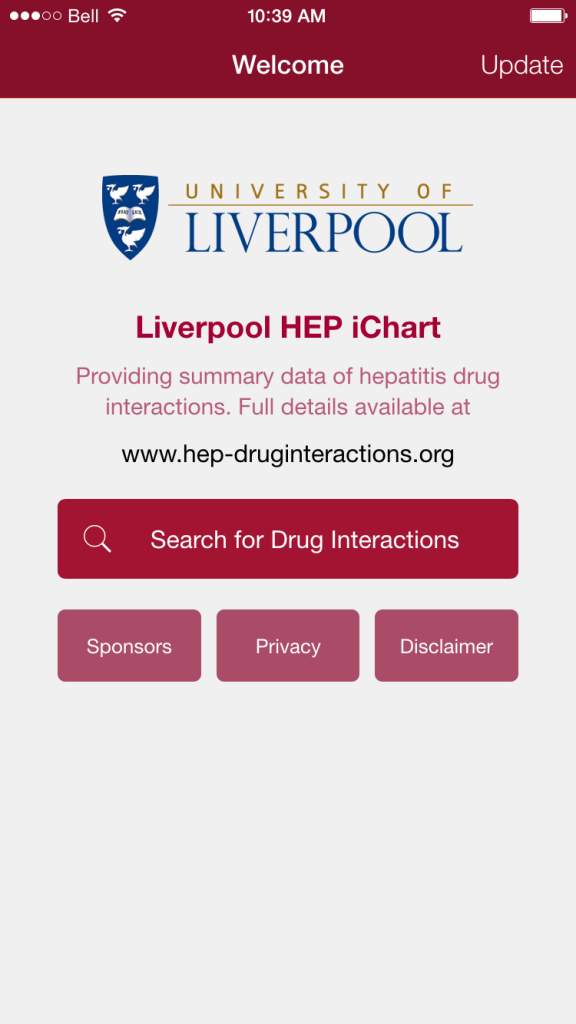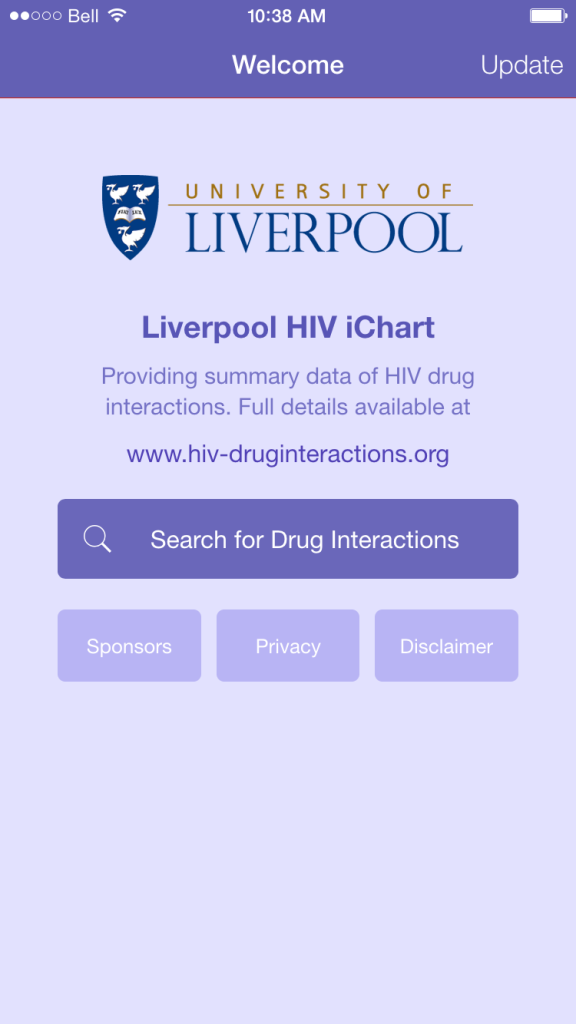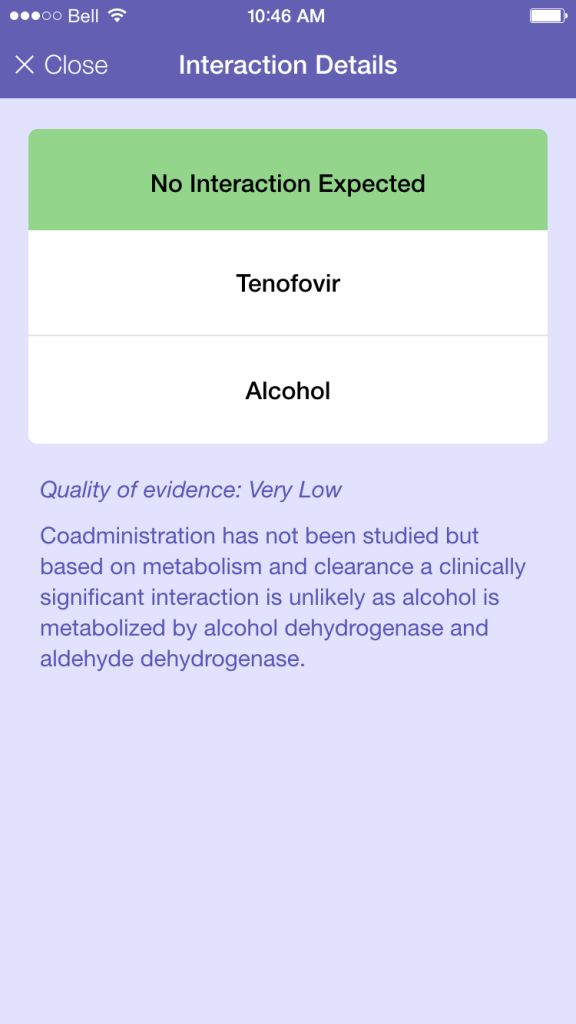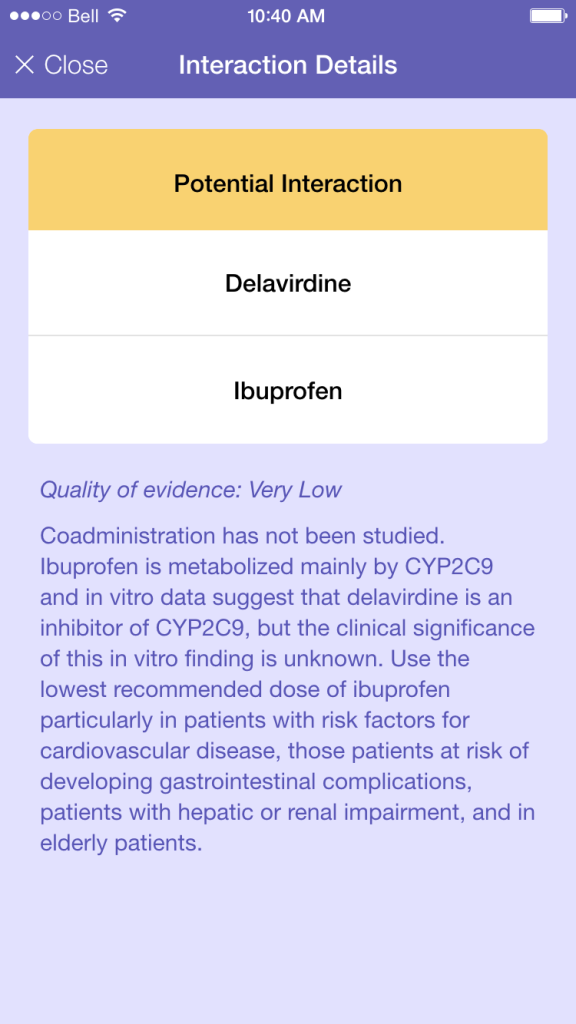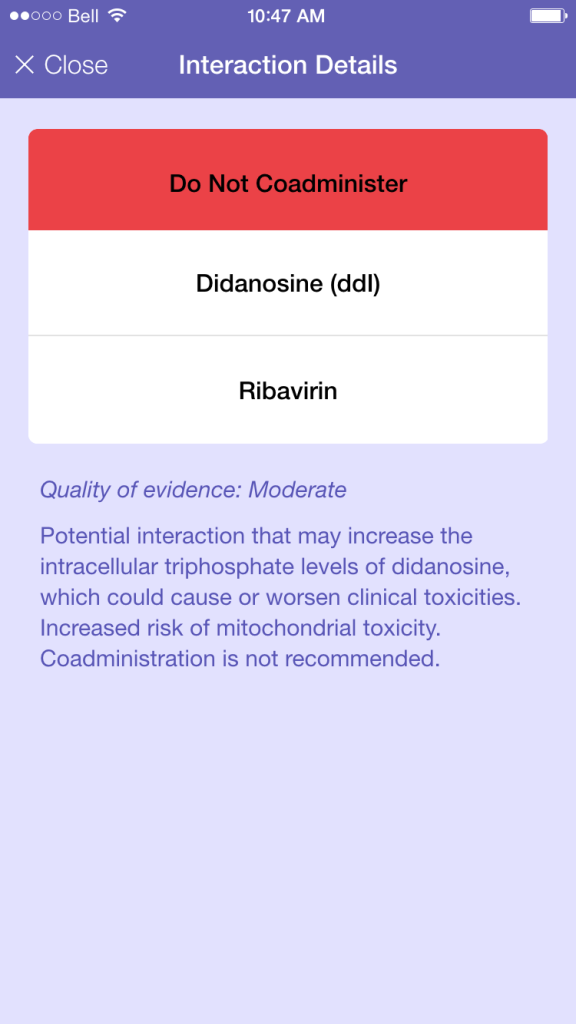The Vancouver Infectious Diseases Centre (VIDC) is now providing Take Home Naloxone Training for individuals using prescribed or diverted opioids. The training educates participants about basic overdose prevention, in addition to how to identify and respond to an opioid overdose, and administer naloxone when appropriate.
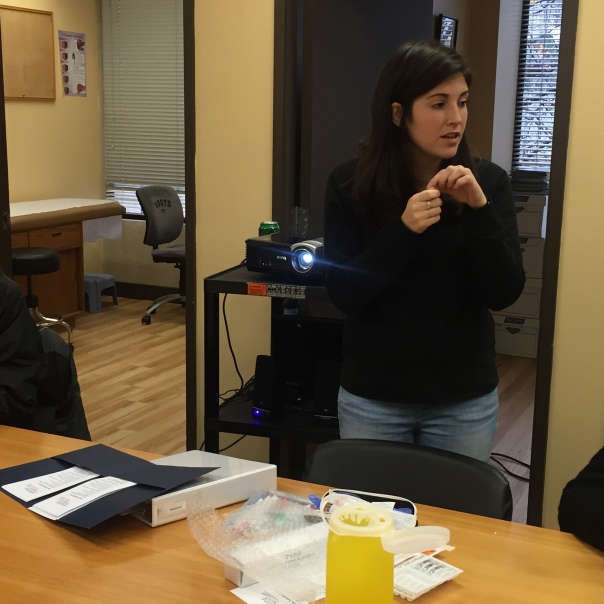
What is Naloxone?
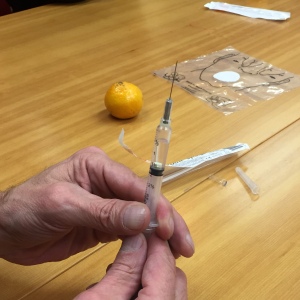 Naloxone, also commonly known as Narcan, is an antidote to an opioid overdose. An overdose of opioid drugs such as morphine, heroin, methadone, OxyContin can cause a person’s breathing to slow or stop. Naloxone is an injectable medication that can reverse this so the person can breathe normally and regain consciousness. Naloxone does not work for overdoses such as cocaine, ecstasy, GHB, or alcohol. However, if an overdose involves multiple substances including opioids, naloxone will help by temporarily taking the opioid out the equation.
Naloxone, also commonly known as Narcan, is an antidote to an opioid overdose. An overdose of opioid drugs such as morphine, heroin, methadone, OxyContin can cause a person’s breathing to slow or stop. Naloxone is an injectable medication that can reverse this so the person can breathe normally and regain consciousness. Naloxone does not work for overdoses such as cocaine, ecstasy, GHB, or alcohol. However, if an overdose involves multiple substances including opioids, naloxone will help by temporarily taking the opioid out the equation.
Who is eligible to receive a Take Home Naloxone Kit?
An individual who has received the training, has a history of illicit opioid use, and a written prescription from a physician is eligible to receive a Take Home Naloxone Kit at no cost. Individuals who don’t use opioids, but know someone who does (eg. Support workers, peers of people who use opioids, family members) are not eligible to receive a kit. They are encouraged to attend the training to learn how to administer naloxone in an emergency situation and how to respond if naloxone isn’t readily available. Morbidity and mortality related to any kind of overdose is significantly reduced when the community has an increased awareness of how to mitigate risks, recognize, and respond appropriately in a timely manner.

We will be holding more training sessions in 2016, please stay tuned to hear about them. Or you can also subscribe to our e-newsletter to hear about it.
(Post by Riley Flannagan)


 is the official journal of the
is the official journal of the 